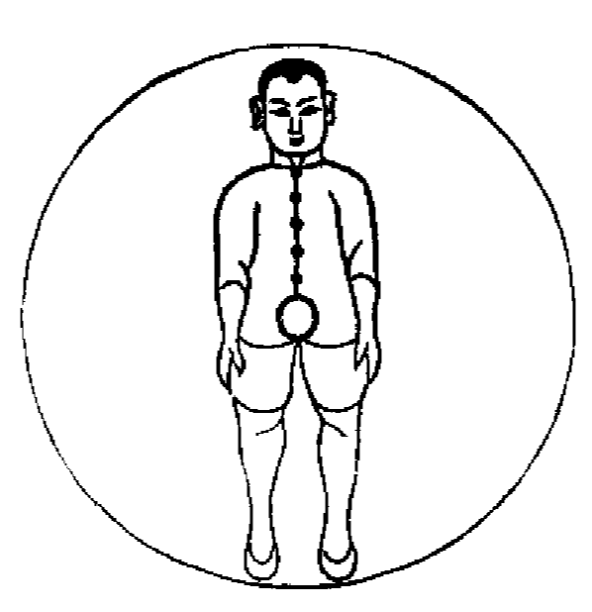Appledog wrote:Who invented standing meditation, i.e. the practice of holding postures for benefit?
I don't know who invented it, but it's mentioned in the Satipatthana Sutta. This is a Buddhist discourse on mindfulness and is documented to be at least 1800 years old. In it, it discusses the four postures -
The Four Postures
“Again, bhikkhus, when walking, a bhikkhu understands: ‘I am walking’; when standing, he understands: ‘I am standing’; when sitting, [57] he understands: ‘I am sitting’; when lying down, he understands: ‘I am lying down’; or he understands accordingly however his body is disposed. 7. “In this way he abides contemplating the body as a body internally, externally, and both internally and externally … And he
abides independent, not clinging to anything in the world. That too is how a bhikkhu abides contemplating the body as a body
These are very common poses for statues of Buddha. These are also postures found in vipassana. Alignment is not important as far as I can tell in vipassana. Alignment in meditation is found in Chinese practices.
I don't have sources at hand, but old martial arts manuals point to Zhuangzi as commenting on zhan zhuang - The True Man breathes with his heels; the mass of men breathe with their throats.
In the first chapter of the Huangdi Neijing - 黃帝曰:余聞上古有真人者,提挈天地,把握陰陽,呼吸精氣,獨立守神,肌肉若一,故能壽敝天地,无有終時,此其道生。
The Yellow Emperor said: Yu heard that there were real people in ancient times, nurturing heaven and earth, able to grasp yin and yang, breathing essence and qi, standing alone observing/guarding the spirit, muscle/flesh as one, able to live a long life with a range without end, this was their dao.



